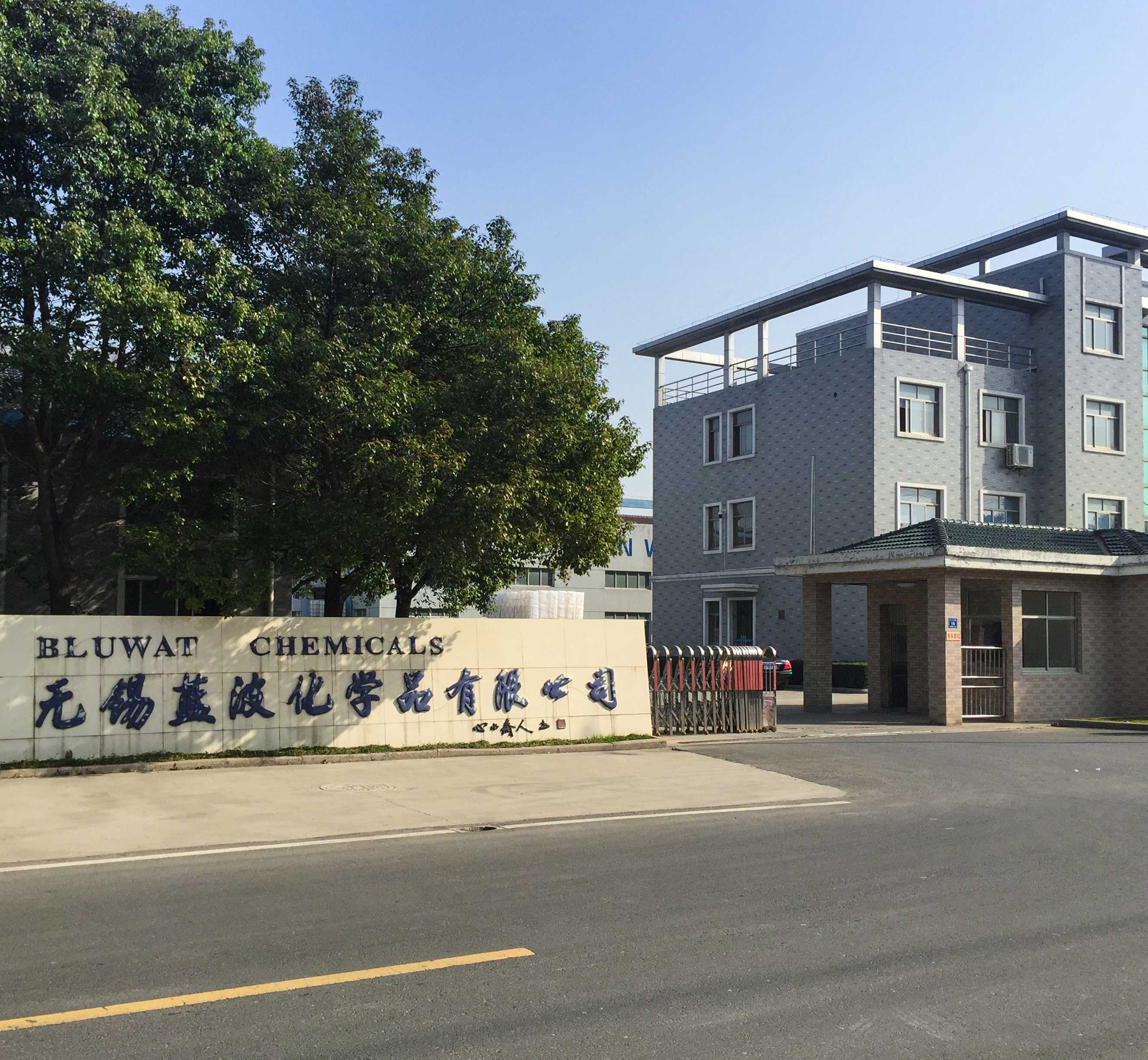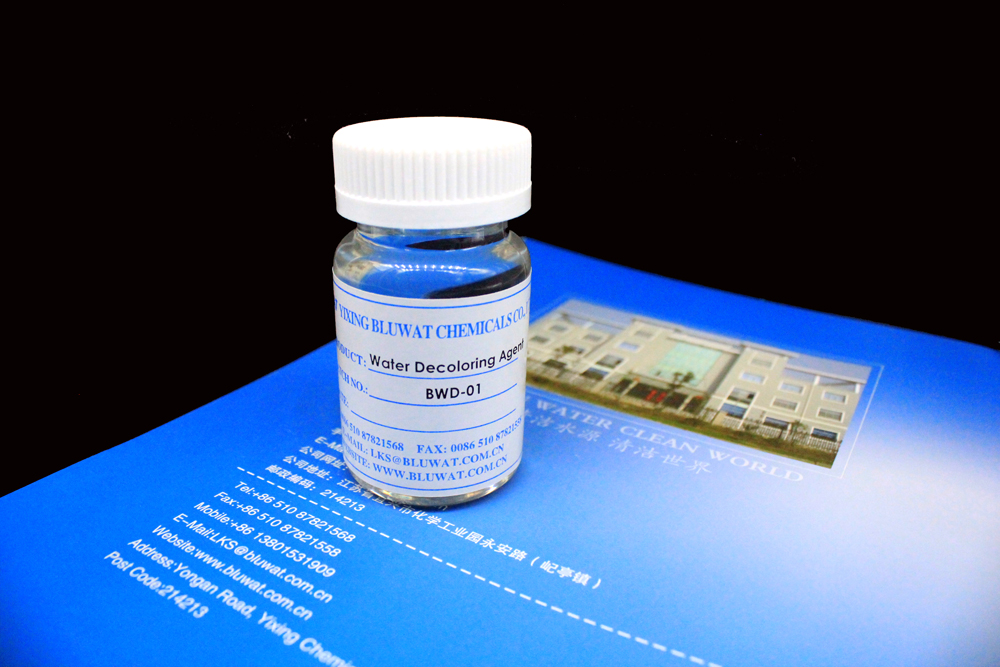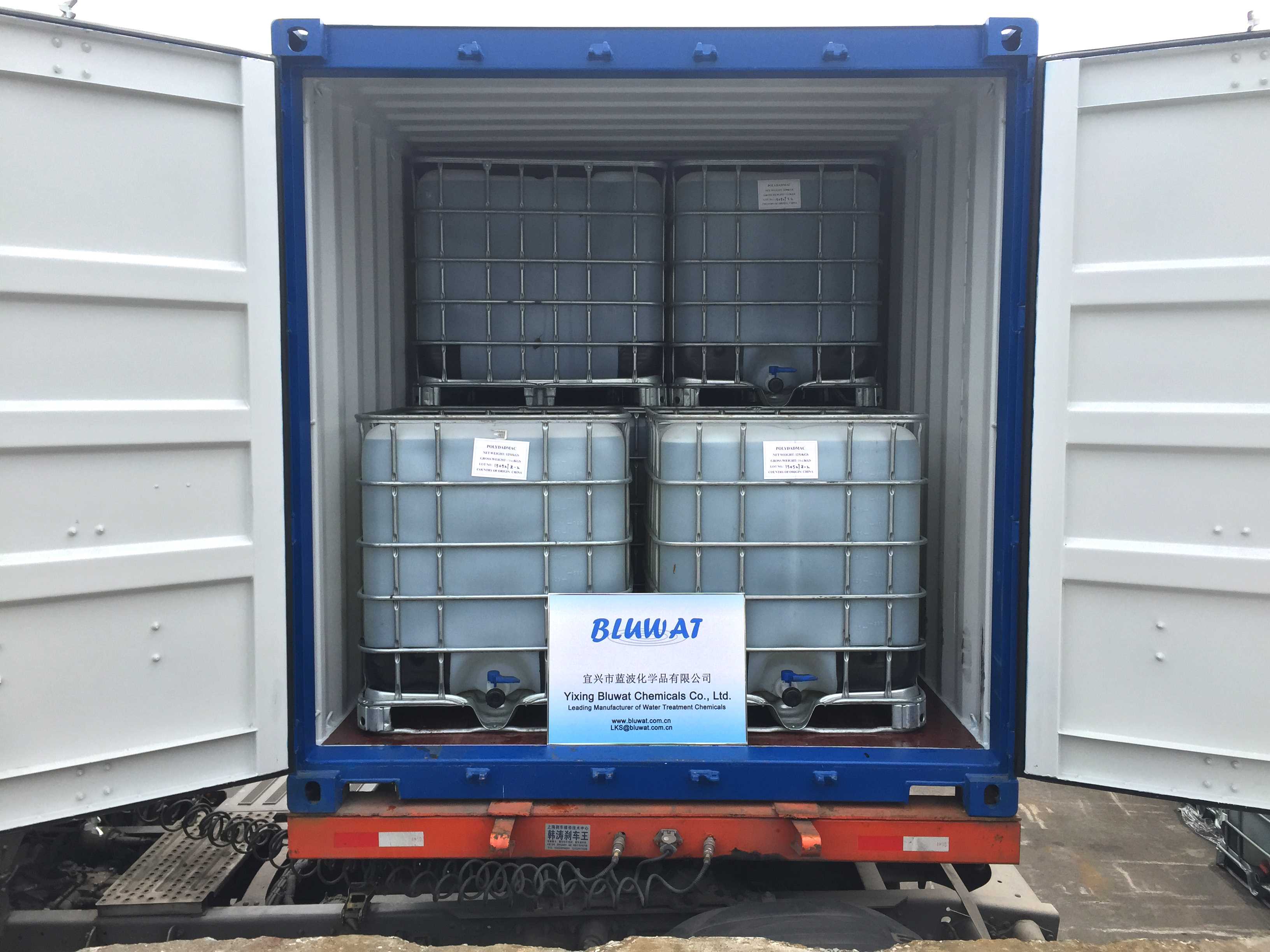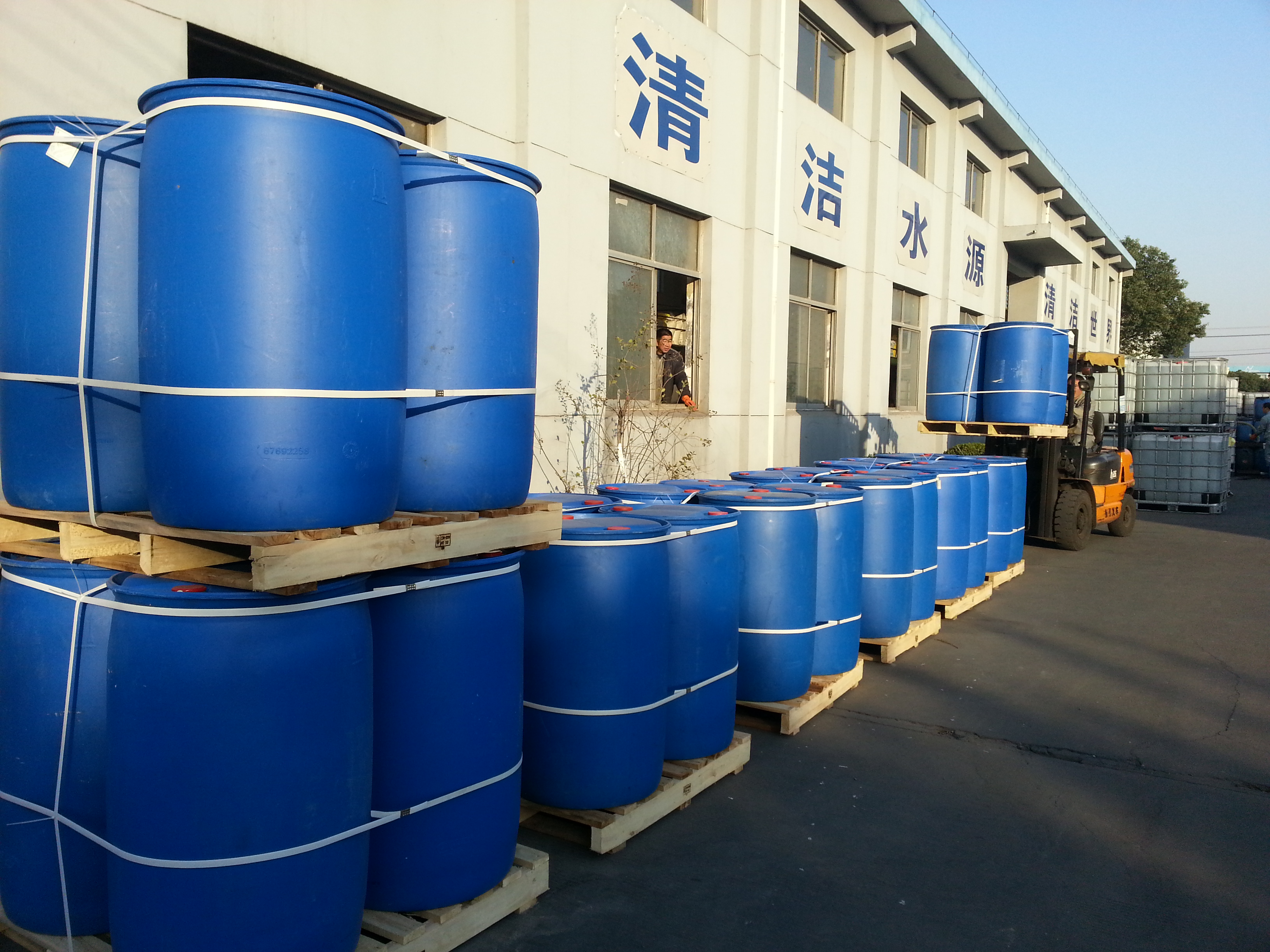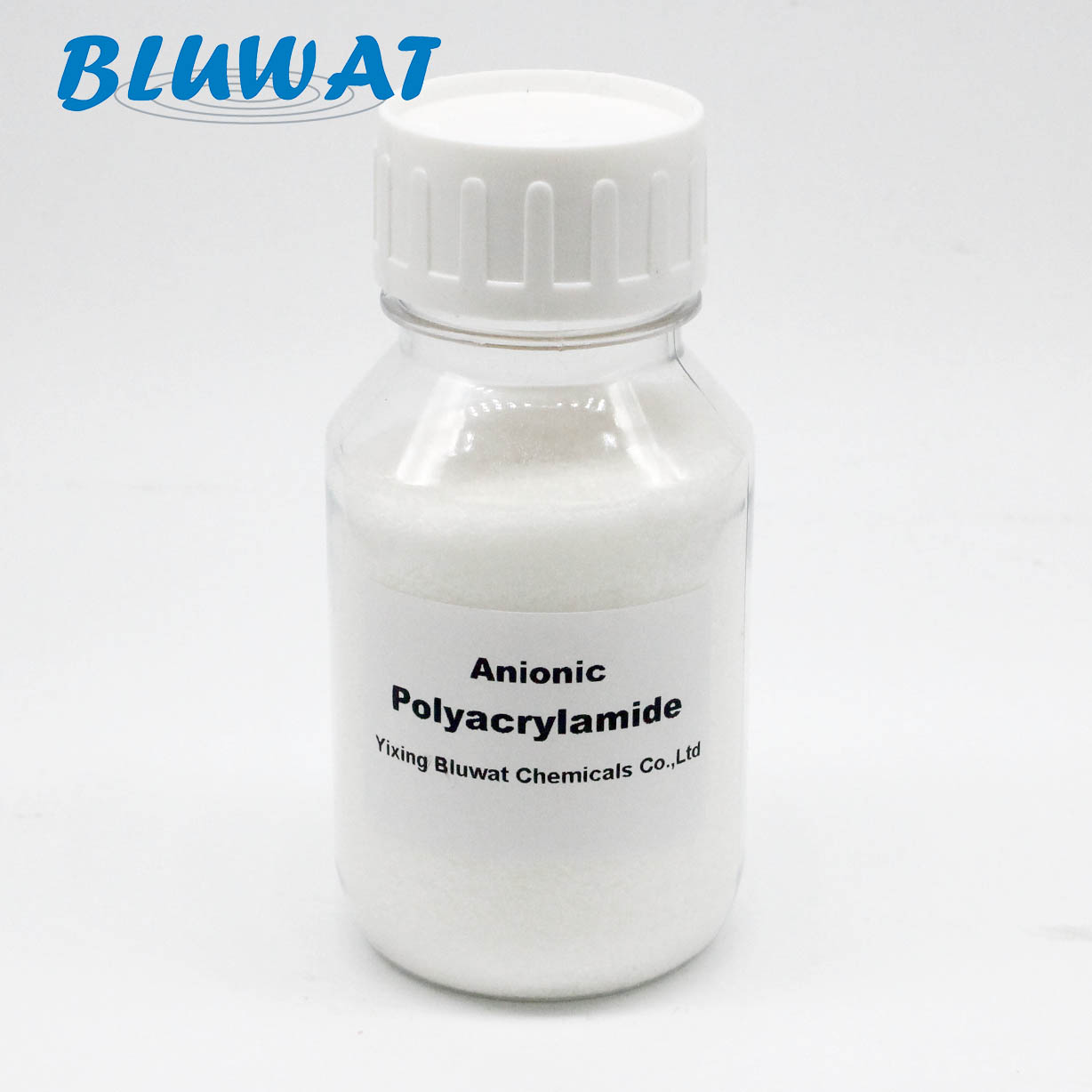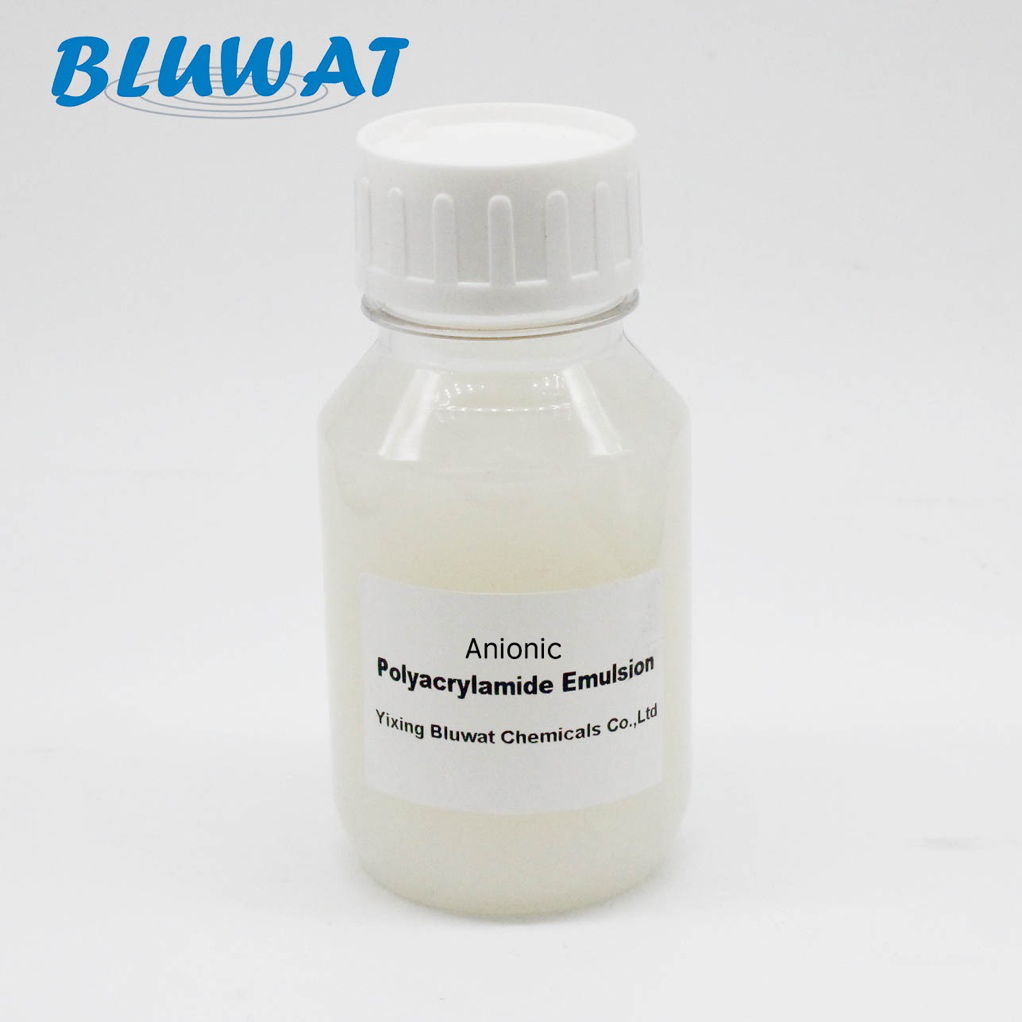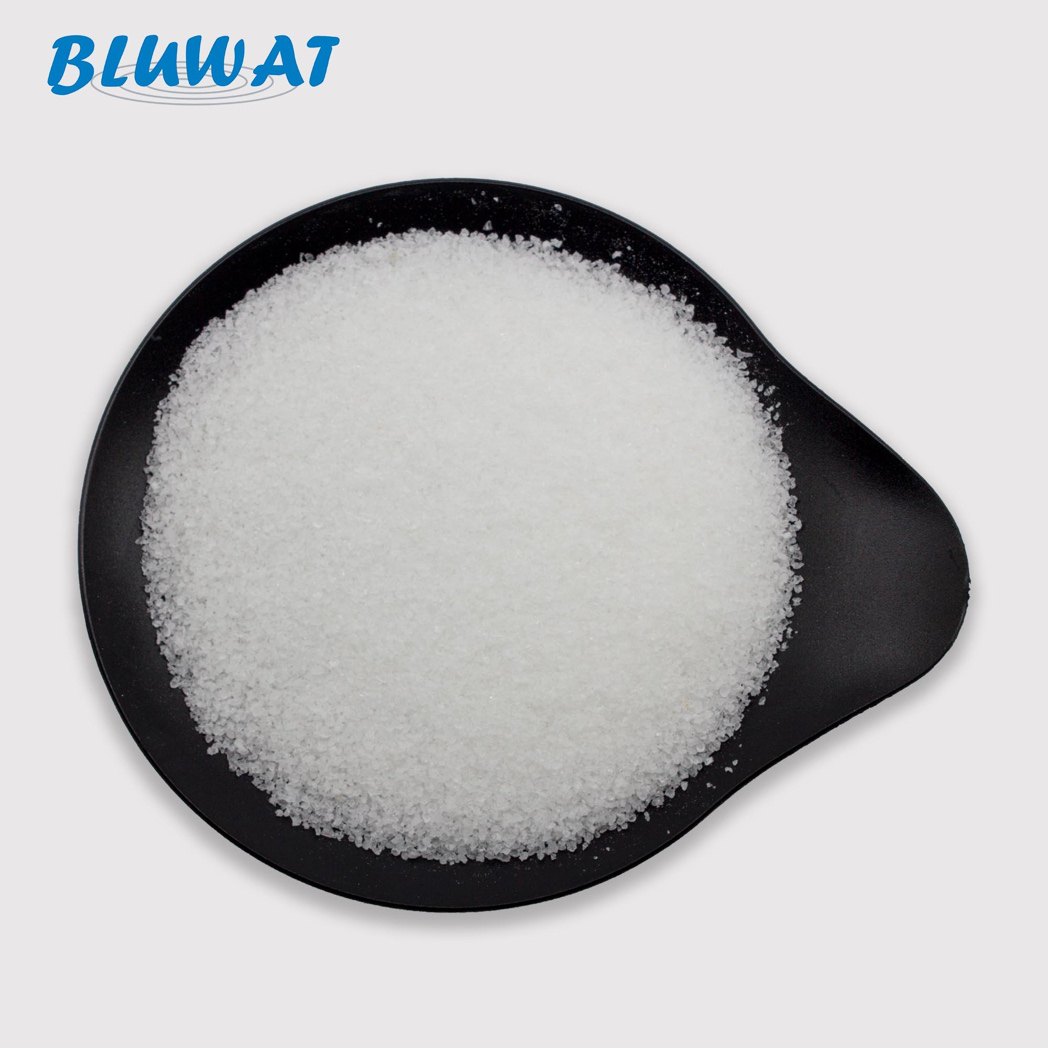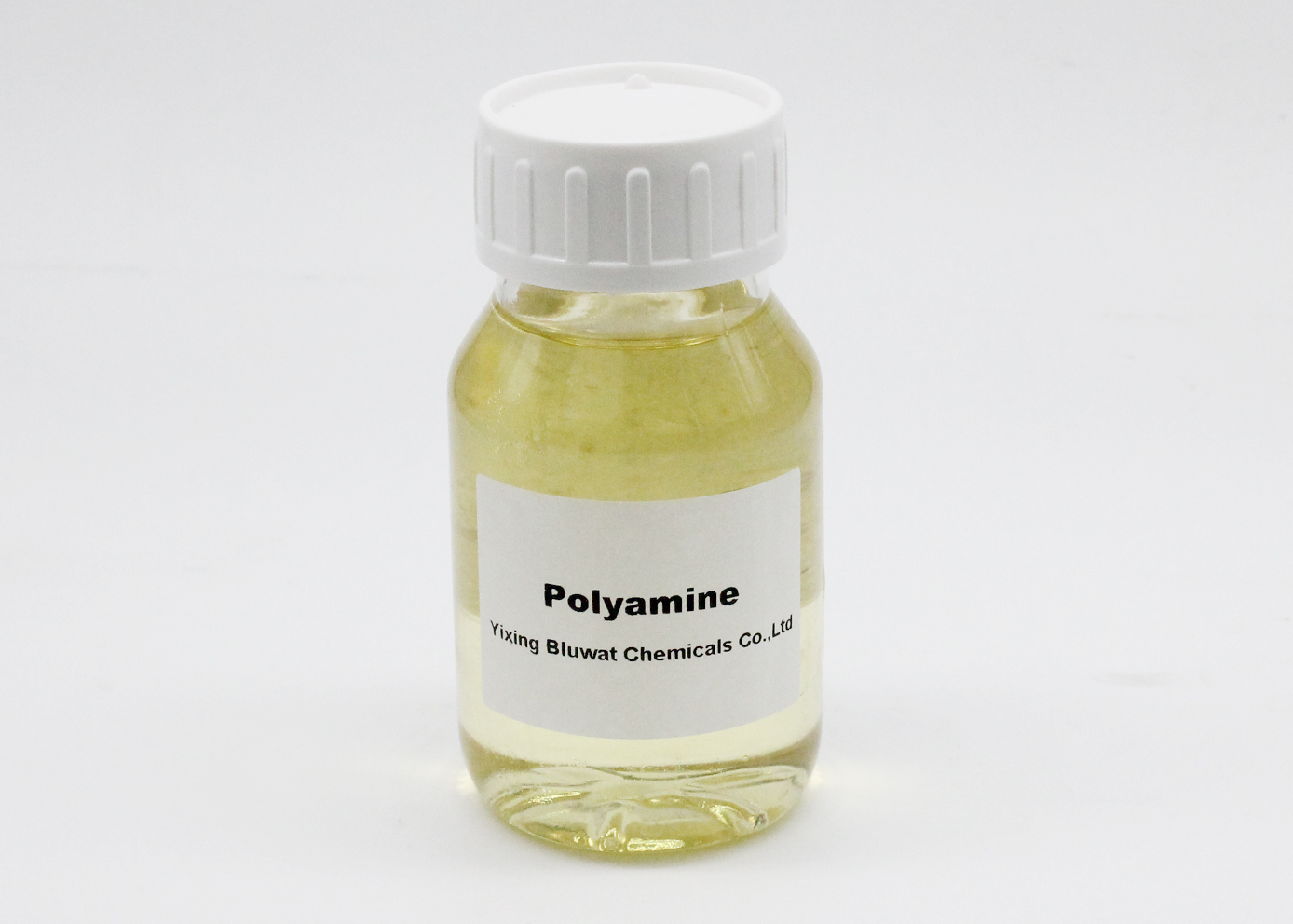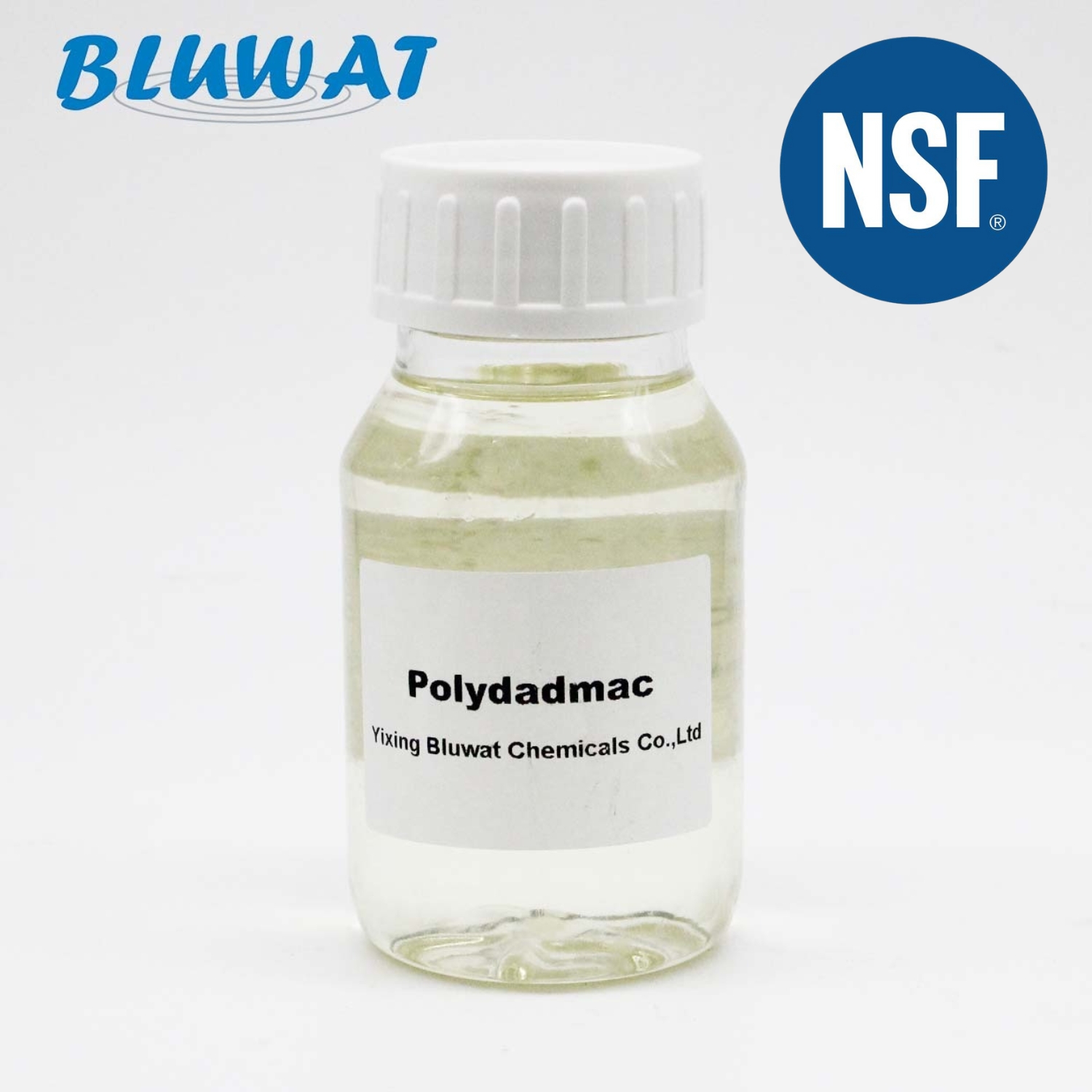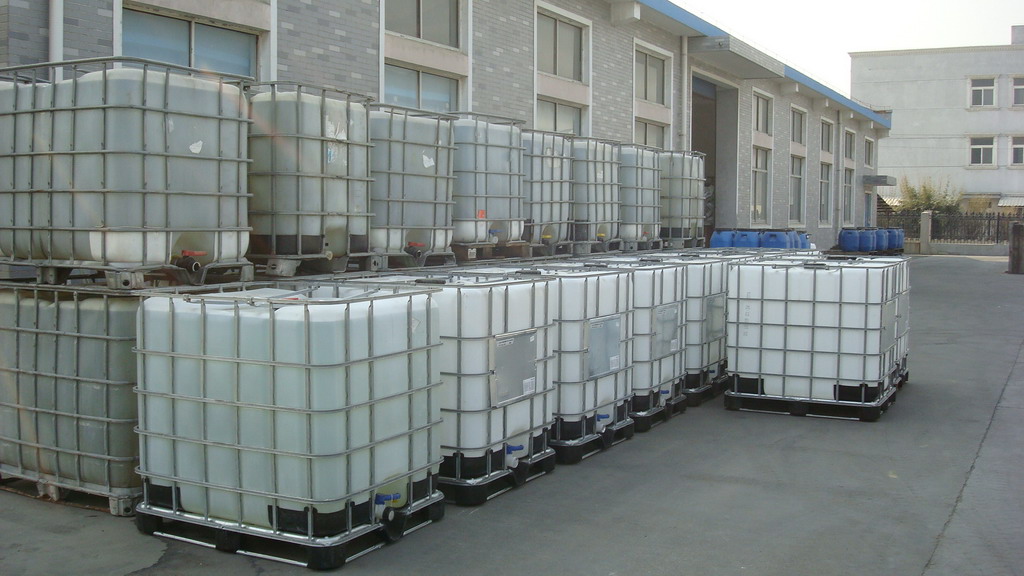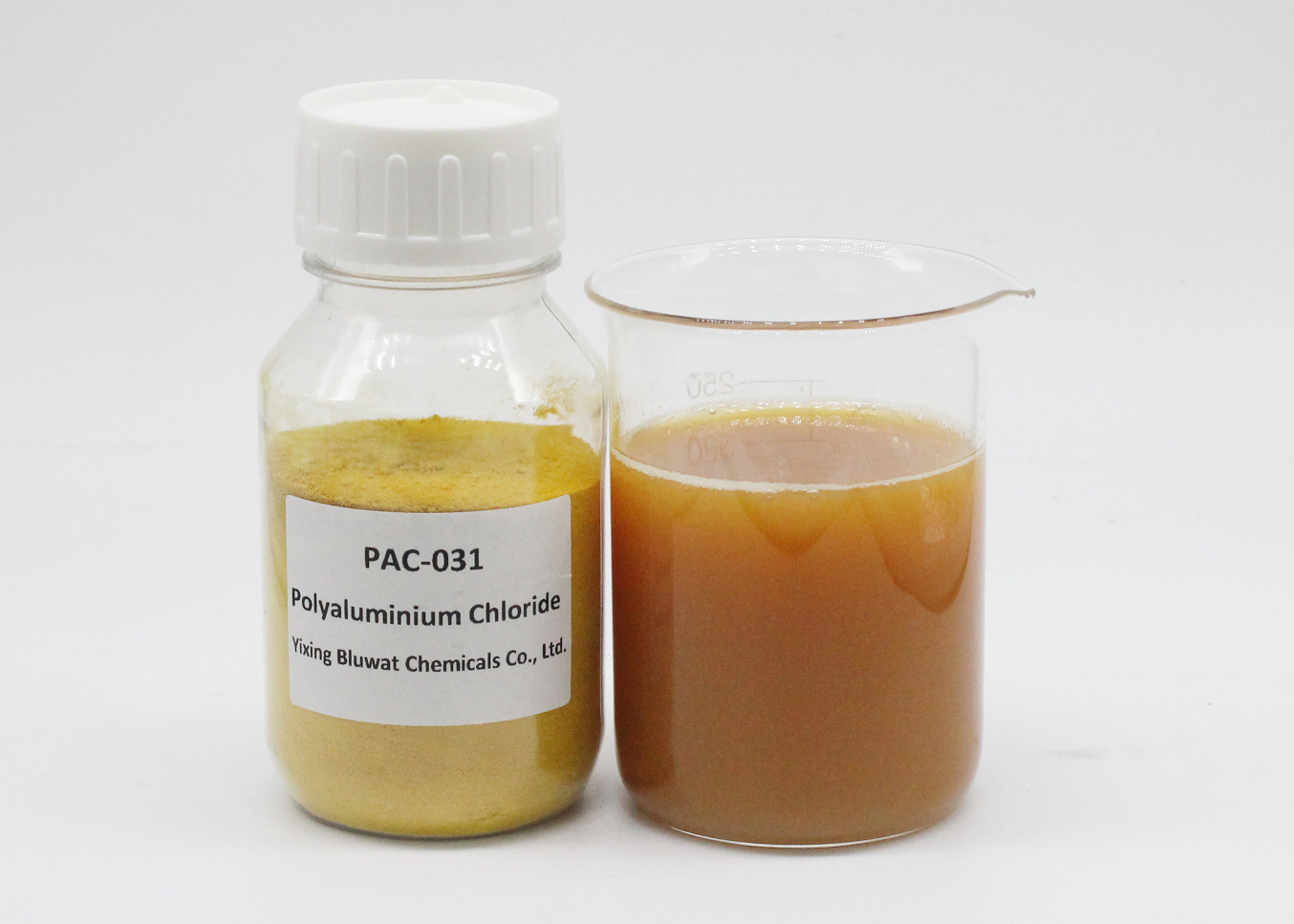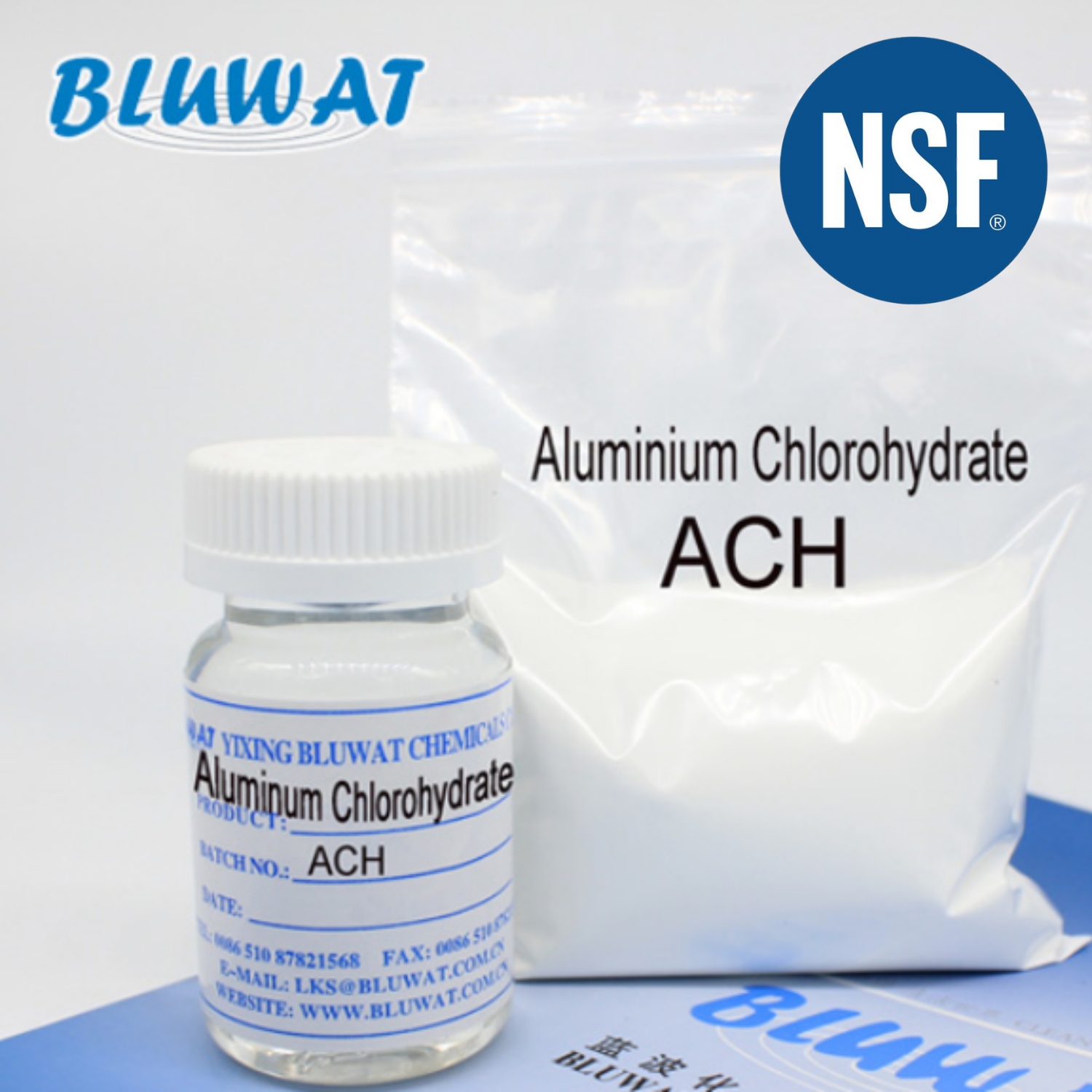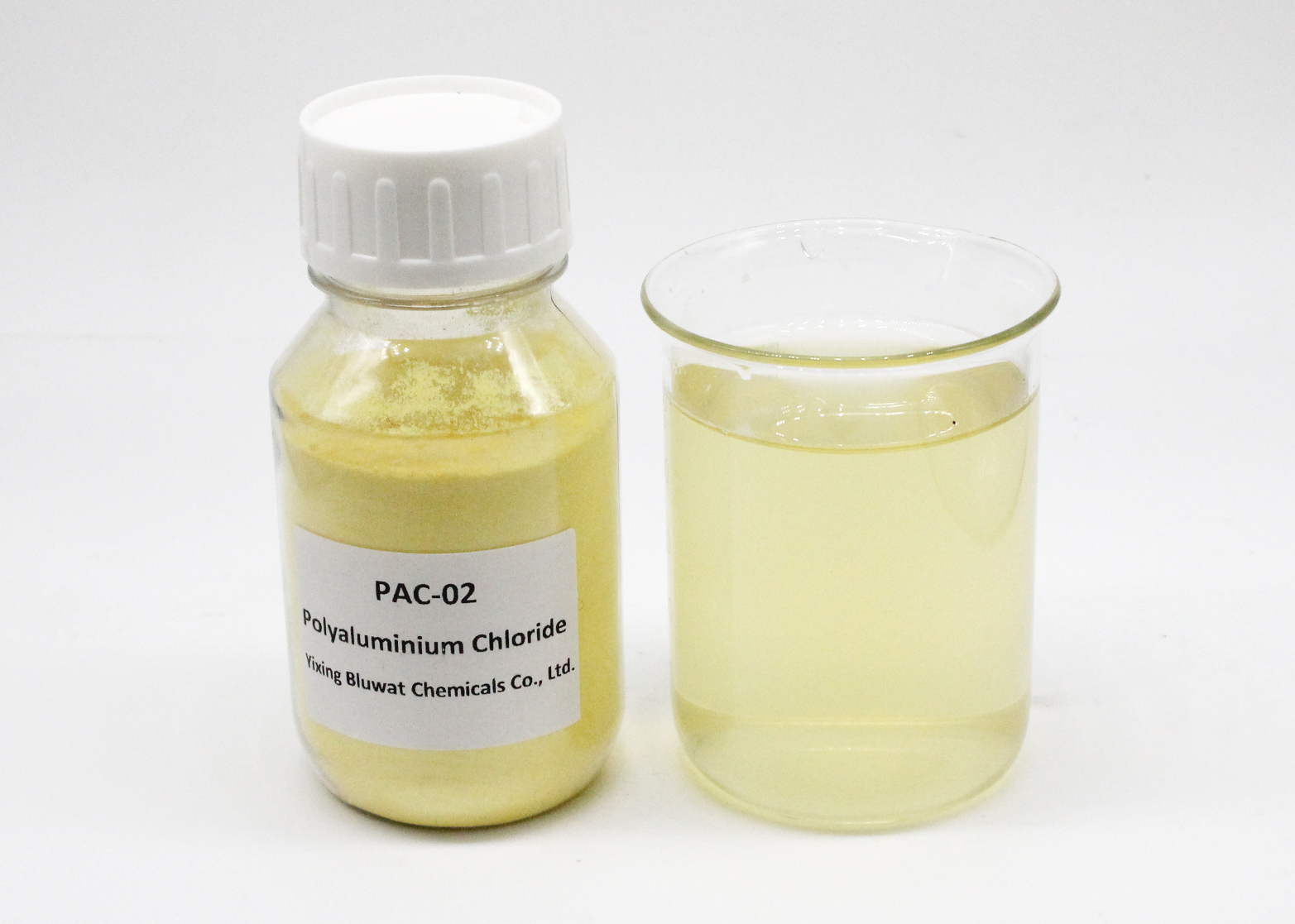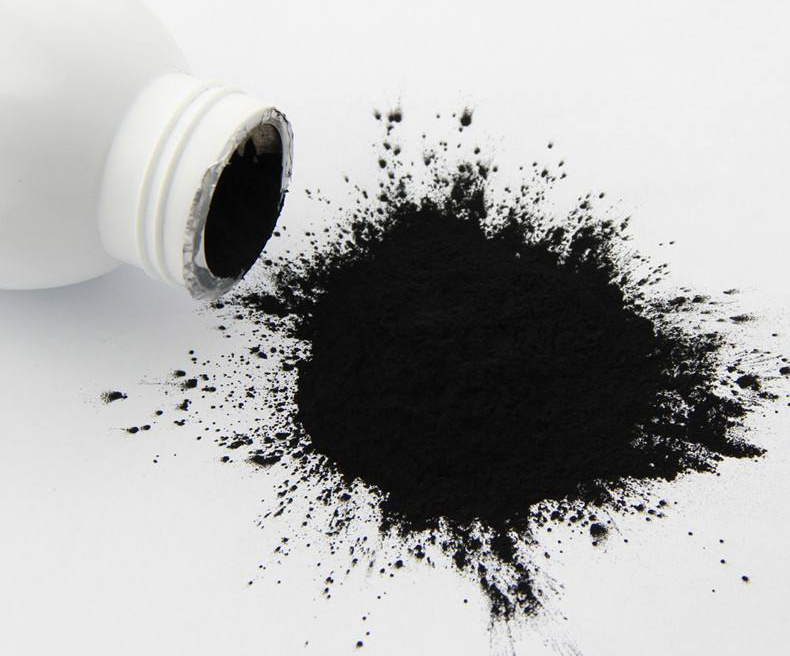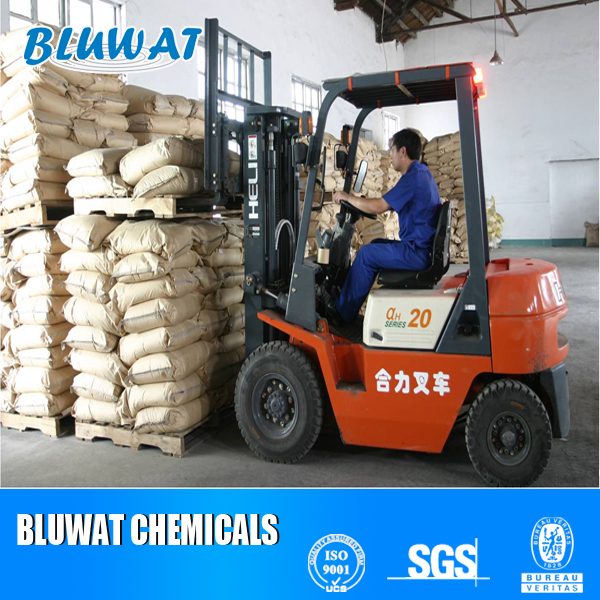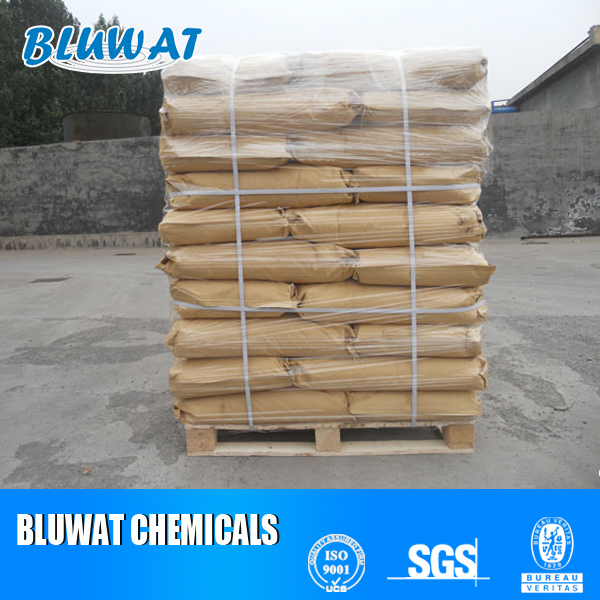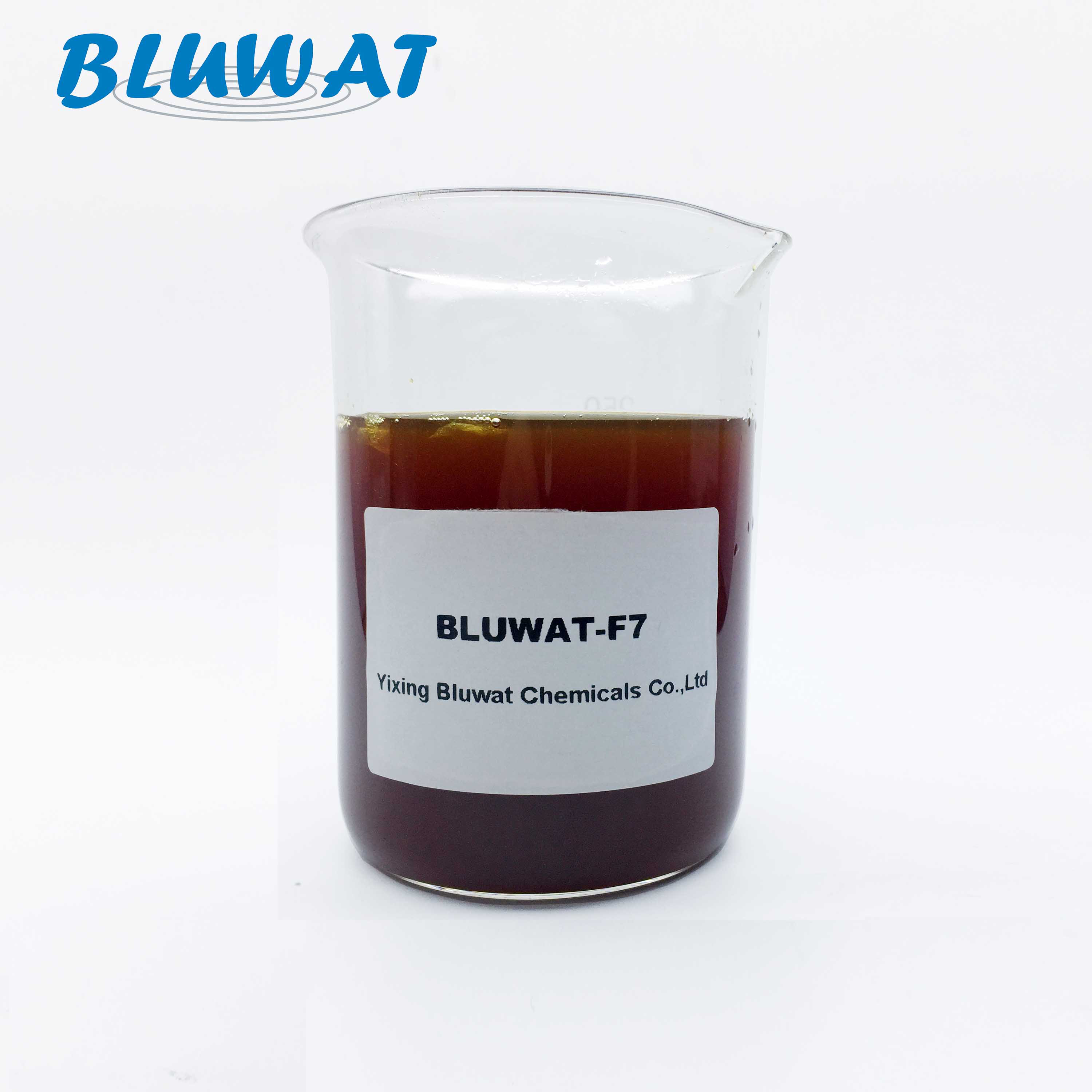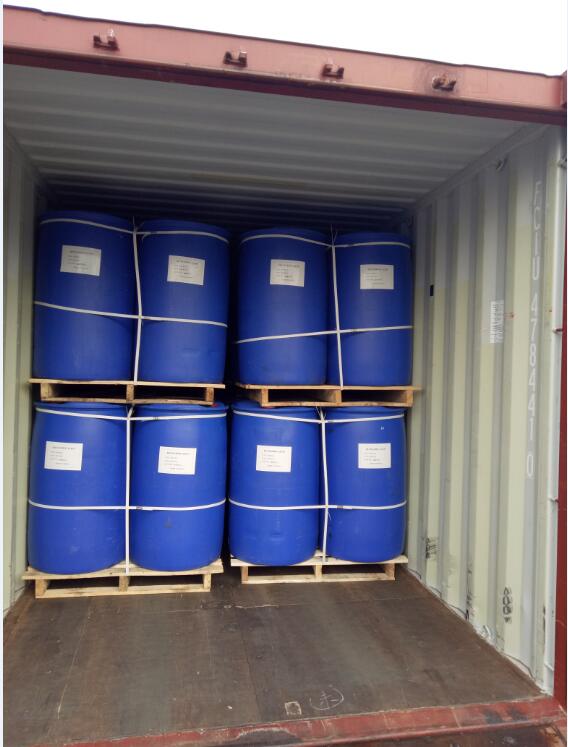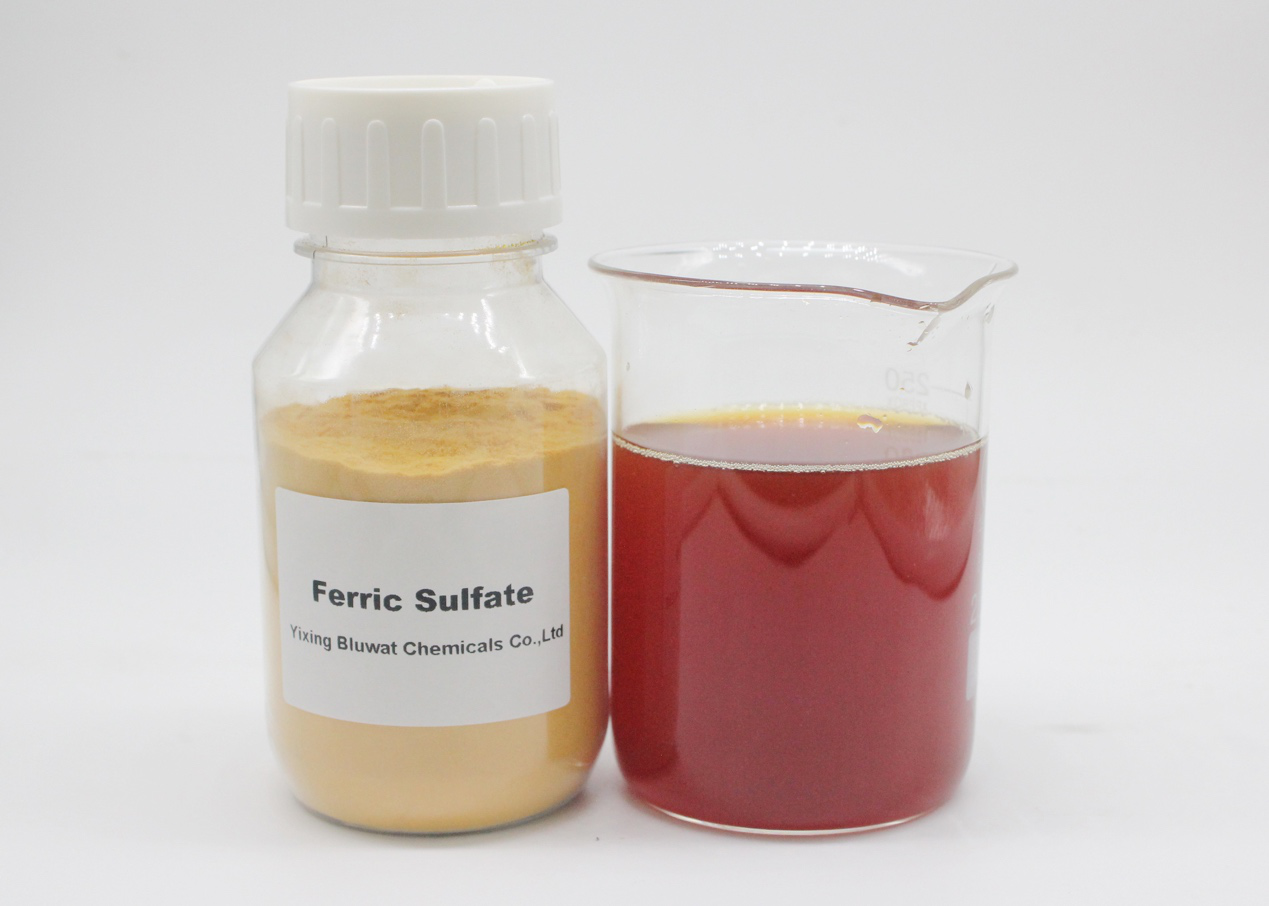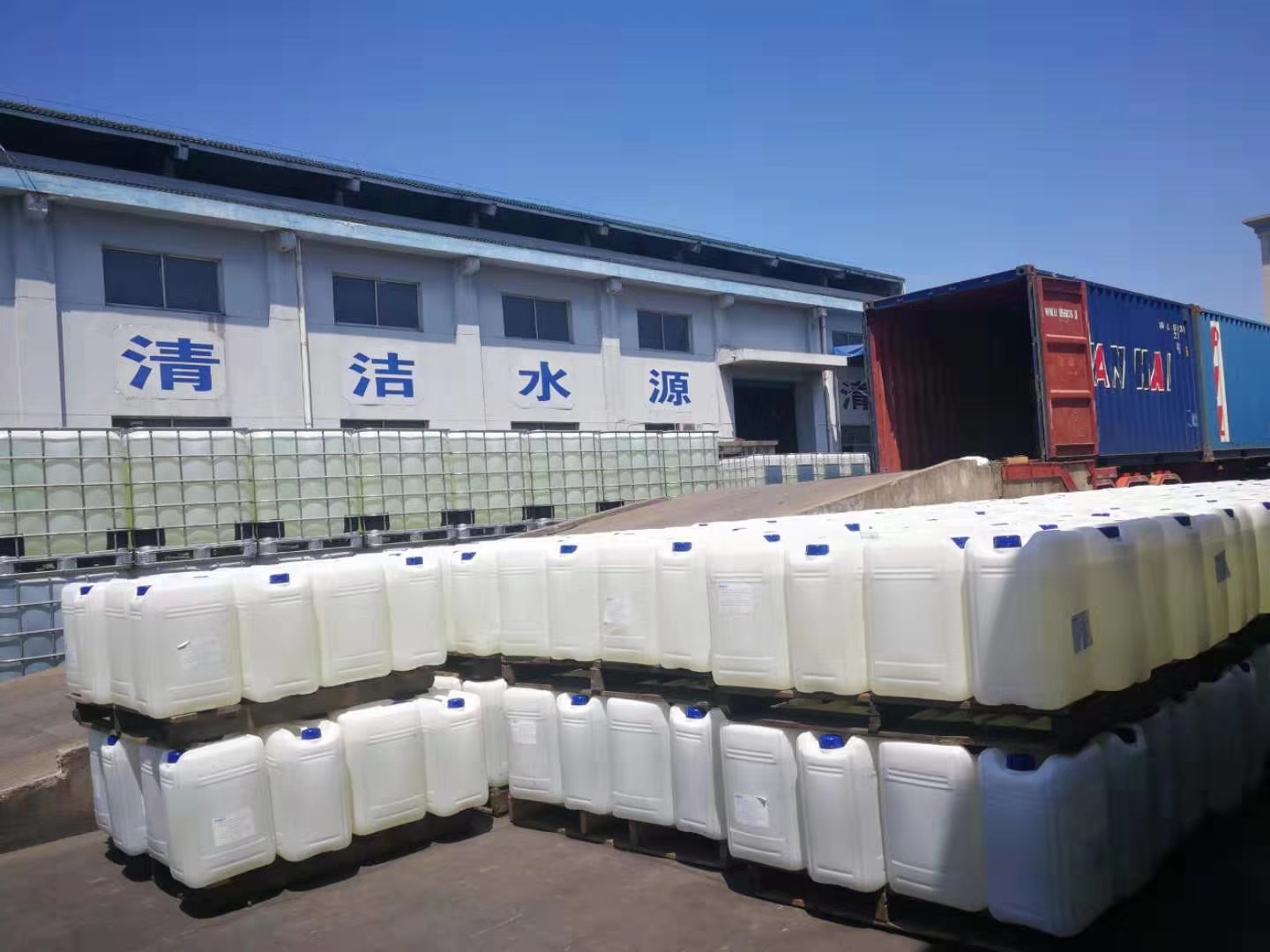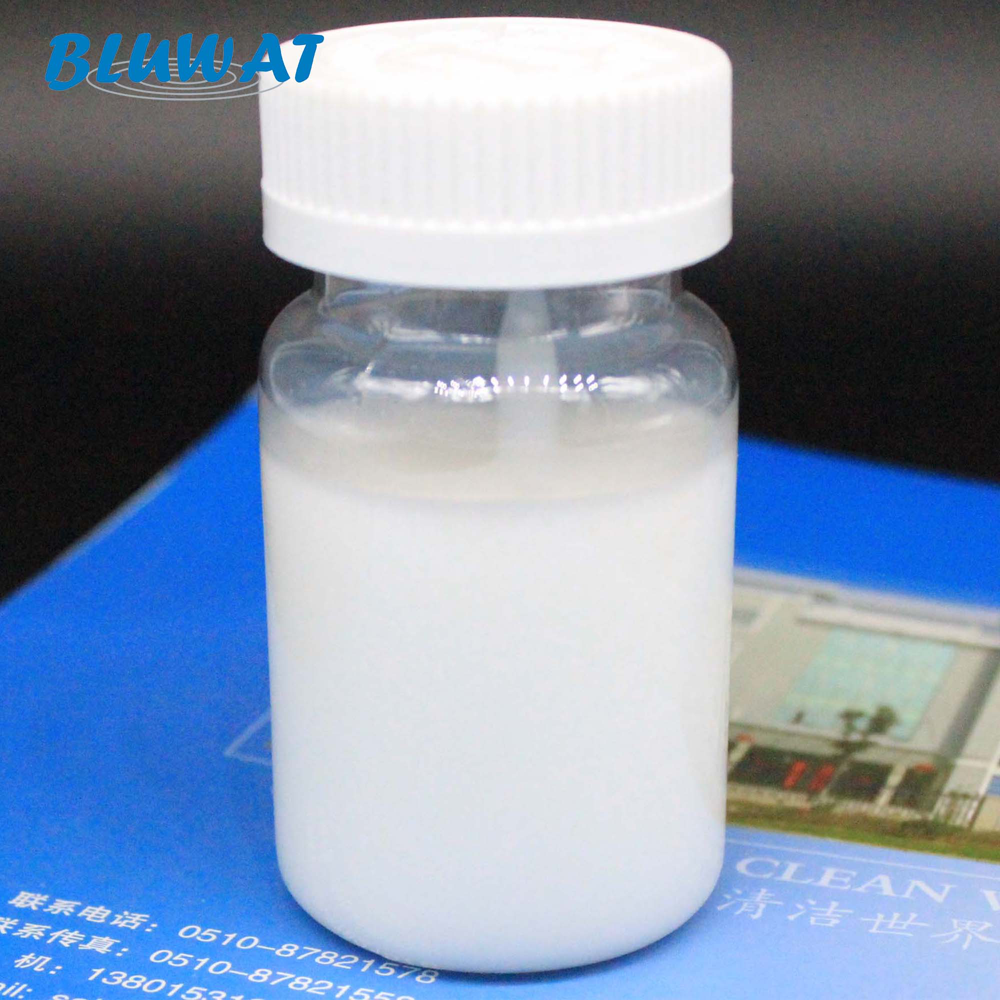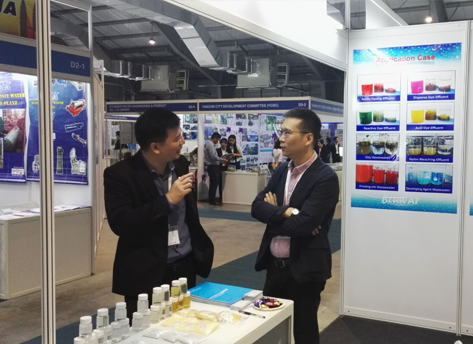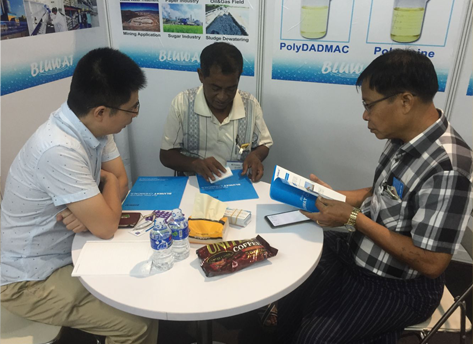-
-
Bluwat Chemicals is a professional supplier of water treatment chemicals in China. We provide our customers both traditional and innovative products to ensure optimum control in a wide variety of applications, which including treatment of drinking water, waste water, process water. We are trying our best to be the professional manufacturer and service supplier to reduce your treatment cost.
Our core products are coagulants and flocculants for water treatment, and polymers for oil/gas drilling and EOR (enhanced oil recovery). .....
-
-
BLUWAT are professional manufacturer in China for water treatment chemicals.
We can supply following serial products to satisfy different demand in water treatment industry.
1,BWD series Water Decoloring Agent:
Mainly used in textile, dyeing, paper industries as decolorant agent.
Can remove color and reduce CODcr to save water treatment cost......
-
-
-
80000
Ton
Annual sales of water treatment products worldwide
20+
year
Operating water treatment products for 20 years
1500+
Clinets
Buy from us from different industries
-
-
-

Why the Power Plant Chose BLUWAT® PAC: Risk Assessment of Changing PAC Suppliers
This case study explains why a power plant continued using BLUWAT® PAC, highlighting the technical and operational risks of changing PAC suppliers in water pretreatment systems.
-

Turning Mining Slurry into Value: Polyacrylamide Solutions from Bluwat Chemicals
Bluwat Chemicals supplies mining-grade Polyacrylamide (PAM) designed for solid–liquid separation, tailings thickening, and water recycling in iron, copper, gold, coal, and non-ferrous mines. Reliable quality, stable supply, and 25+ years of polymer expertise.
-

Polyacrylamide (PAM/HPAM) Polymers Unlocking Extra Barrels in Mature Oilfields
Bluwat Chemicals provides engineered PAM/HPAM polyacrylamide polymers for advanced polymer flooding, improving mobility control, sweep efficiency, and recovery performance in mature oilfields.
-

Bluwat Chemicals Polyacrylamide | PAM Flocculant for Water & Wastewater Treatment
High-performance polyacrylamide (PAM) flocculants from Bluwat Chemicals for efficient water and wastewater treatment.
-
-
-
Warm Wishes for the Holiday Season
Season’s Greetings from Bluwat Chemicals. We thank our customers and partners worldwide for their trust and support throughout the year.
넶0 2025-12-19
2025-12-192025-08-292024-09-232024-08-22 -
-
Experiment of Chemical Wastewater Treatment
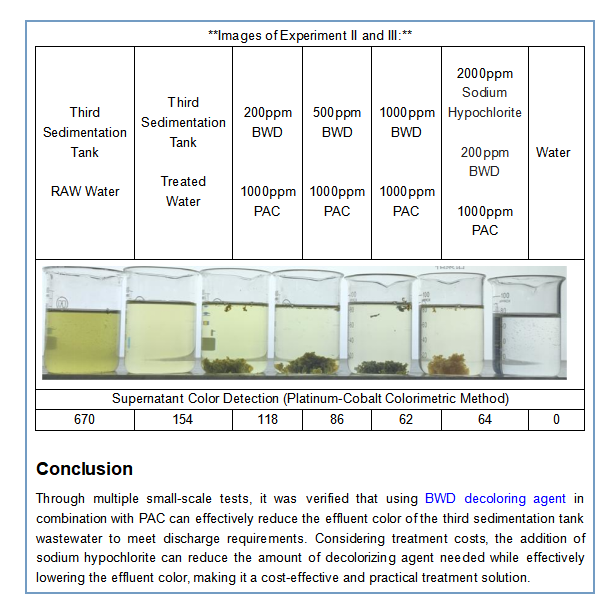
1.1 Objective
To treat the effluent from the third sedimentation tank of a chemical plant to reduce the color to less than 80 (Platinum-Cobalt colorimetric method).
2.1 Reagent Usage Instructions
Reagents used in the experiment and their dilution ratios:
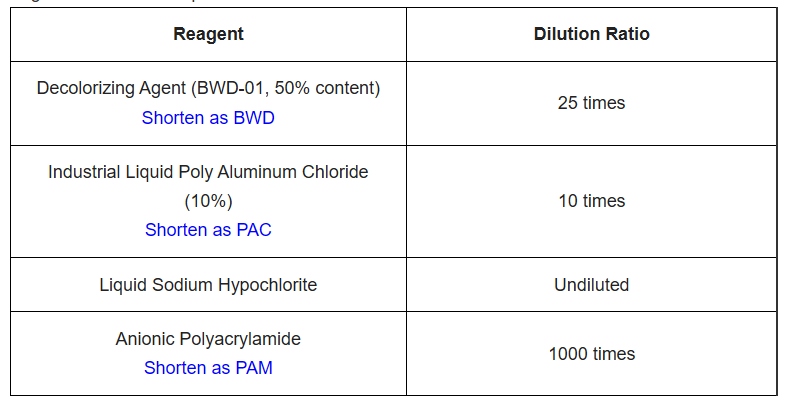
3.1 Experimental Procedure
3.1.1 First Group of Experiments:
Three cups, each with 80ml of effluent from the third sedimentation tank, were taken. 1000ppm/1500ppm/2000ppm of poly aluminum chloride solution was added to each cup, stirred well, and then 0.2ml (2ppm) of PAM solution was added. The mixtures were left to settle.
The color of the supernatant was observed. Visually, there was little difference in the supernatant color of the three cups, indicating that increasing the amount of poly aluminum chloride had a minimal impact on the effluent color.
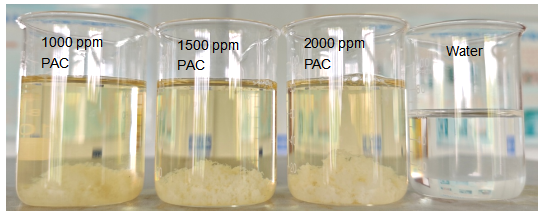
3.1.2 Second Group of Experiments:
Three cups, each with 80ml of effluent from the third sedimentation tank, were taken. 0.4ml (200ppm)/1ml (500ppm)/2ml (1000ppm) of BWD Water Decoloring Agent solution was added to each cup, stirred well, and then 0.8ml (1000ppm) of poly aluminum chloride solution was added. The mixtures were stirred again, and finally, 0.2ml (2ppm) of PAM solution was added. The mixtures were left to settle.
The color of the supernatant was observed. There were significant differences in the supernatant color of the three cups. As the amount of BWD Water Decoloring Agent increased, the color of the treated supernatant decreased.
3.1.3 Third Group of Experiments:
One cup with 80ml of effluent from the third sedimentation tank was taken. 2000ppm of sodium hypochlorite solution was added and stirred well, followed by 0.4ml (200ppm) of decolorizing agent solution, stirred well, and then 0.8ml (1000ppm) of poly aluminum chloride solution was added. The mixture was stirred again, and finally, 0.2ml (2ppm) of PAM solution was added. The mixture was left to settle.
The color of the supernatant was similar to that treated with 1000ppm decolorizing agent in the second group, indicating that the combination of sodium hypochlorite, decolorizing agent, and poly aluminum chloride can effectively remove the wastewater color.
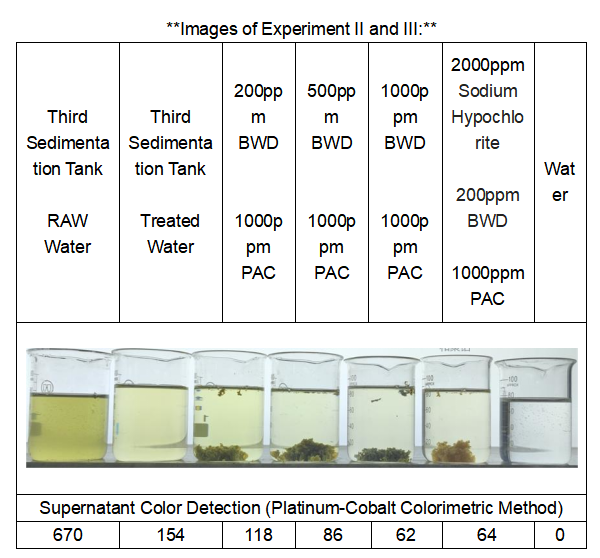
4.1. Conclusion
Through multiple small-scale tests, it was verified that using BWD decolorizing agent in combination with PAC can effectively reduce the effluent color of the third sedimentation tank wastewater to meet discharge requirements. Considering treatment costs, the addition of sodium hypochlorite can reduce the amount of decolorizing agent needed while effectively lowering the effluent color, making it a cost-effective and practical treatment solution.
QUICK NAVIGATION
PRODUCT CATEGORIES
CONTACT US







